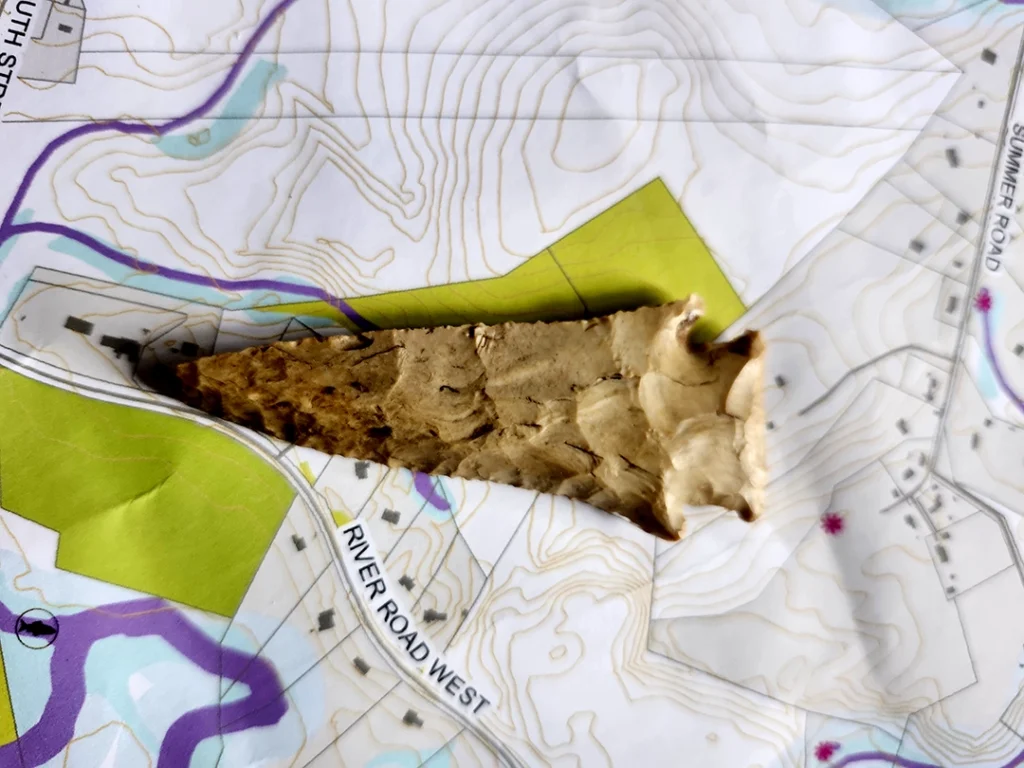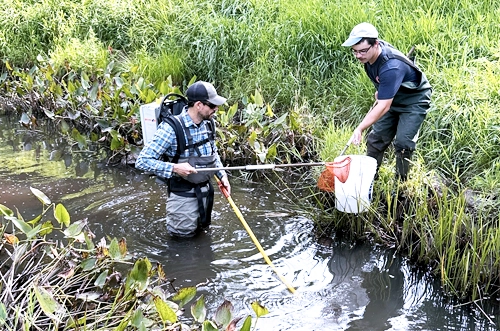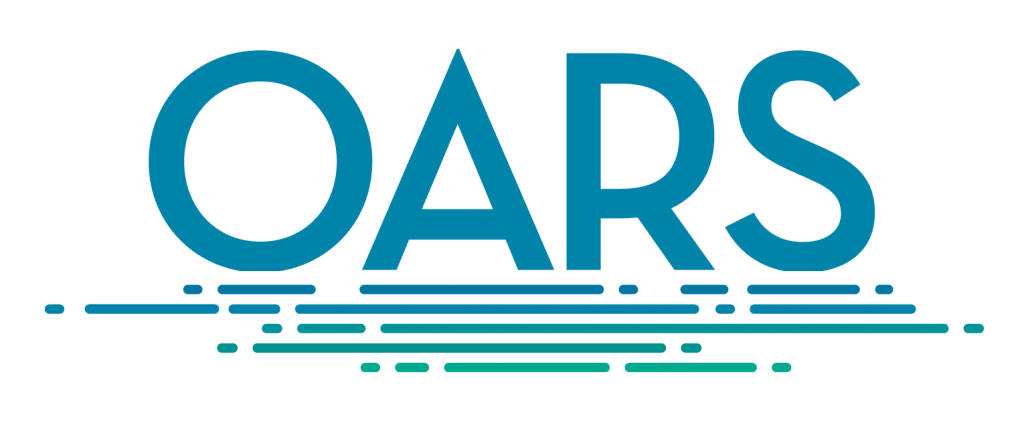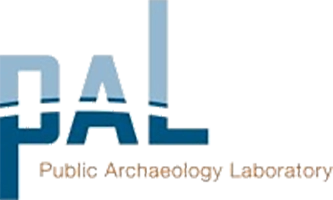Wheeler Pond Dam Removal
North Brook Restoration
Reviving a Historic Waterway



Nestled in the heart of Berlin, Massachusetts, Wheeler Pond and North Brook have been vital to ecological and human history for centuries. Originally dammed in 1752 to power mills, the site has since become a relic of the past, with the aging Wheeler Pond Dam now classified as an unsafe structure. OARS, in partnership with the dam owner and Interfluve, is leading the removal of this obsolete dam to restore the natural flow of North Brook, reconnect critical aquatic habitats, and preserve the site’s deep cultural heritage.
PROJECT OVERVIEW
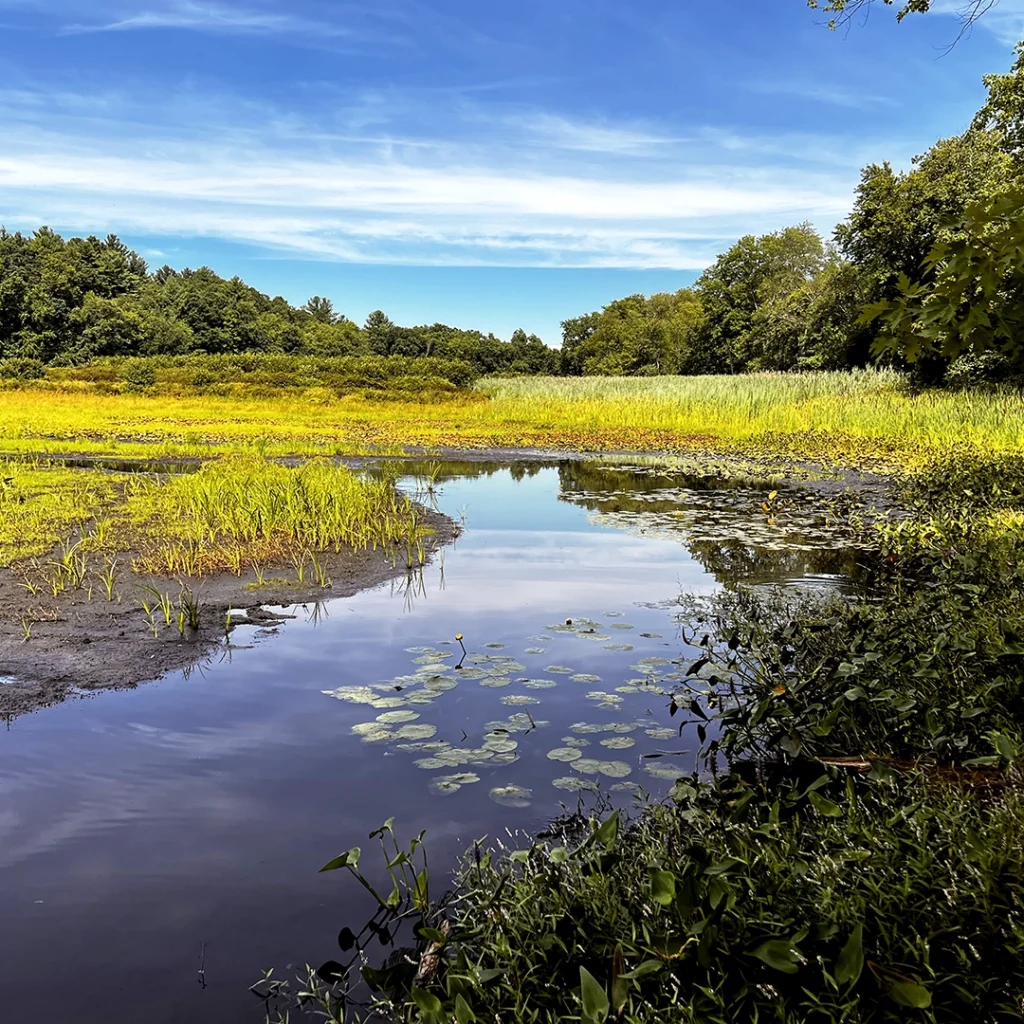
- Location: Pleasant Street, Berlin, MA (North Brook, a tributary to the Assabet River)
- Lead Organization: OARS, in collaboration with the dam owner, Interfluve, state agencies, the Town of Berlin, and local stakeholders
- Purpose: Improve public safety, restore natural hydrology, enhance fish habitat, and honor the site’s historical significance
WHY REMOVE THE WHEELER POND DAM?



The removal of the Wheeler Pond Dam is a critical step toward restoring North Brook’s natural ecosystem, eliminating public safety hazards, and preserving the site’s rich historical significance. This project will reconnect fragmented aquatic habitats, enhance biodiversity, and provide long-term climate resilience while documenting and honoring the area’s Indigenous and industrial history.
The Need for Removal


SCOPE OF WORK



Restoring North Brook requires a multifaceted approach, including the careful removal of the Wheeler Pond Dam, habitat restoration, and archaeological documentation. This project will reshape the floodplain, reestablish natural water flow, and improve ecological health while preserving the site’s historical significance.
Key Restoration Efforts


EXPECTED BENEFITS



The removal of Wheeler Pond Dam will have lasting environmental, cultural, and community benefits. By restoring natural river flow, reconnecting vital habitats, and preserving historical resources, this project will enhance biodiversity, safeguard cultural heritage, and create new opportunities for recreation and education.
Long-Term Advantages


Regulatory Process & Project Approach



Ensuring the success of the Wheeler Pond Dam removal requires careful planning, permitting, and evaluation of the best approach for both ecological restoration and public safety. This section outlines the necessary regulatory steps and the alternatives considered before selecting the most effective course of action.
PERMITTING & COMPLIANCE
This project requires multiple state and federal permits, ensuring compliance with environmental and historic preservation laws, including:
- Wetlands Protection Act Notice of Intent (WPA NOI)
- Section 404 permit (US Army Corps of Engineers—USACE)
- MassDEP 401 Water Quality Certification
- Chapter 91 Waterways and Dam Safety permits
- MEPA and Section 106 federal historic preservation compliance (Project Notification Form to Massachusetts Historical Commision)
ALTERNATIVES CONSIDERED
No Action: Would leave the dam in disrepair, risking failure and continued environmental degradation.
Dam Repair: Would not resolve habitat fragmentation or long-term ecological concerns.
Dam Removal Alone: While eliminating safety concerns, this would not achieve full habitat restoration.
Preferred Approach: Dam removal plus ecological restoration for long-term river health and safety benefits.
STAY INVOLVED
The restoration of North Brook is an opportunity to engage with the history, ecology, and future of Berlin’s waterways. OARS invites the community to stay informed and get involved.
For more information or questions or to provide feedback, please get in touch with us at (978) 369-3956 or via email at EcoRest@oars3rivers.org. We are here to assist and engage with our community every step of the way.



